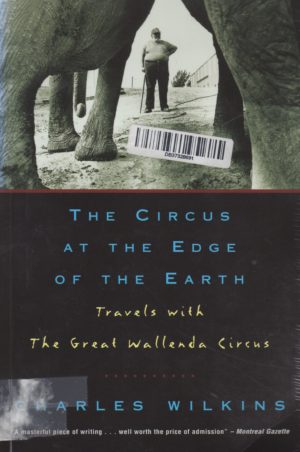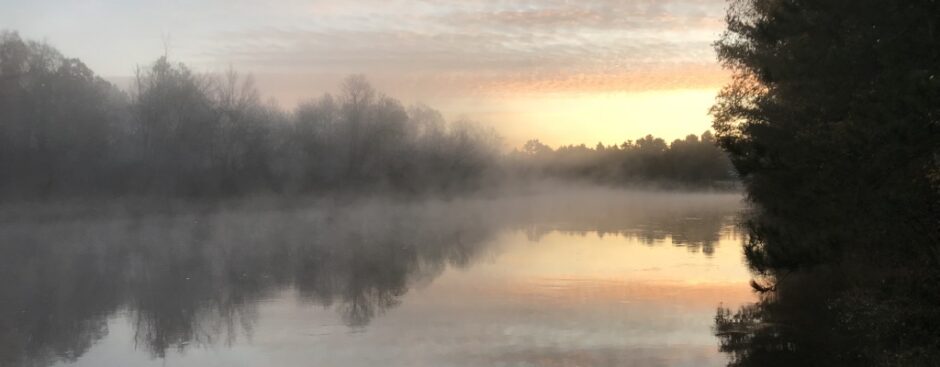
The Circus at the Edge of the Earth by Charles Wilkins (1998. McLelland and Stewart. 978-0771088421)
In this travelogue, memoir, and depiction of a dying art form, my Canadian friend and noted nonfiction writer, Charles “Charlie” Wilkins leaves us with a concise, riveting, and accurate portrait of the Great Wallenda Circus. That alone is worth the price of admission (which, in my case, was quite modest since I bought the book used at Duluth’s great new independent bookstore, Zenith Books). But more than reportage of the locales and route of the Wallenda show as it made its way through NW Ontario and Eastern Manitoba, more than a critique of the individual performances of its component parts, it’s Wilkins’s ability to relate to, embrace, and yet effectively profile the performers, workers, and ultimately, the founder of the troupe-Ricky Wallenda himself, that makes this such a great read.
Wilkins introduces his first such character, the tiger tamer Wilson Barnes, on the very first page. The riveting first chapter, which portrays Barnes’s history and the inner workings of his training regimen, sets the stage (pun intended), detailing the steadfast hard work and dangers inherent in trusting five hundred pound cats to remain compliant even as their native hearts look upon Barnes as not much more than a next meal. But it is the appearance of elephant man Bobby Gibbs, whose larger-than-life persona is contained in a mammoth, obese, extraordinary physical presence who, upon entering the narrative, ends up stealing the show (yes, intended that one too!). In the character of Bobby Gibbs, the author finds his cornerstone to build a vivid, depressing, exhilarating, sad yet happy tale of a vanishing way of life. Wilkins admits to his humanness; he never claims to be an entirely disinterested scribe simply chronicling the demise of an art form. Instead, he allows us to accompany one tour of the Wallenda Circus through his knowledgeable and equitable eyes, all the while providing a historical narrative of both the Wallenda family and the component parts of this less-than-greatest show on earth. He takes on animal rights activism, the Shriners (who sponsor the shows), Canada’s treatment of its First People, and other ancillary yet important topics with an eye to explaining, not condemning; a trait that serves the narrative well and adds spice to the tale. Here’s a sample of the high quality of prose that populates this book:
“(T)his blind guy came out on the floor with his mother at intermission and the mother said to me, ‘My son would like to touch the elephant. Is that all right?’ And I said, ‘Sure, just take him out there.’ And she said, “He doesn’t need me. He can go out on his own.’ And this guy walked right out to where Judy was standing and put out his hand and gently started moving it across the side of her face. She don’t miss much-she knew right away that something was different about him. She just stood there kinda lookin at him outta one eye, and then very cautiously brought her trunk up and over and extended that little finger on her trunk, and brought it down so that it touched him lightly just below the eye. She was saying to him, ‘I understand-it’s your eyes…'”
I waited years to finally get my hands on this book. Having met and been encouraged by Charlie in Thunder Bay when I was just beginning my writerly journey, I’ve read most of his other work, all of it solid and exceedingly memorable. But, mostly out of a sense of nostalgia I suppose (having not attended a circus in a decade or so now that my sons have grown into men) this was the Wilkins book I wanted to read. And I’m damn glad I finally did!
A stellar effort of nonfiction writing.
5 stars out of 5. I’d highly recommend this book to book clubs. It’ll spark hours of conversation and reflection.
Peace.
Mark


